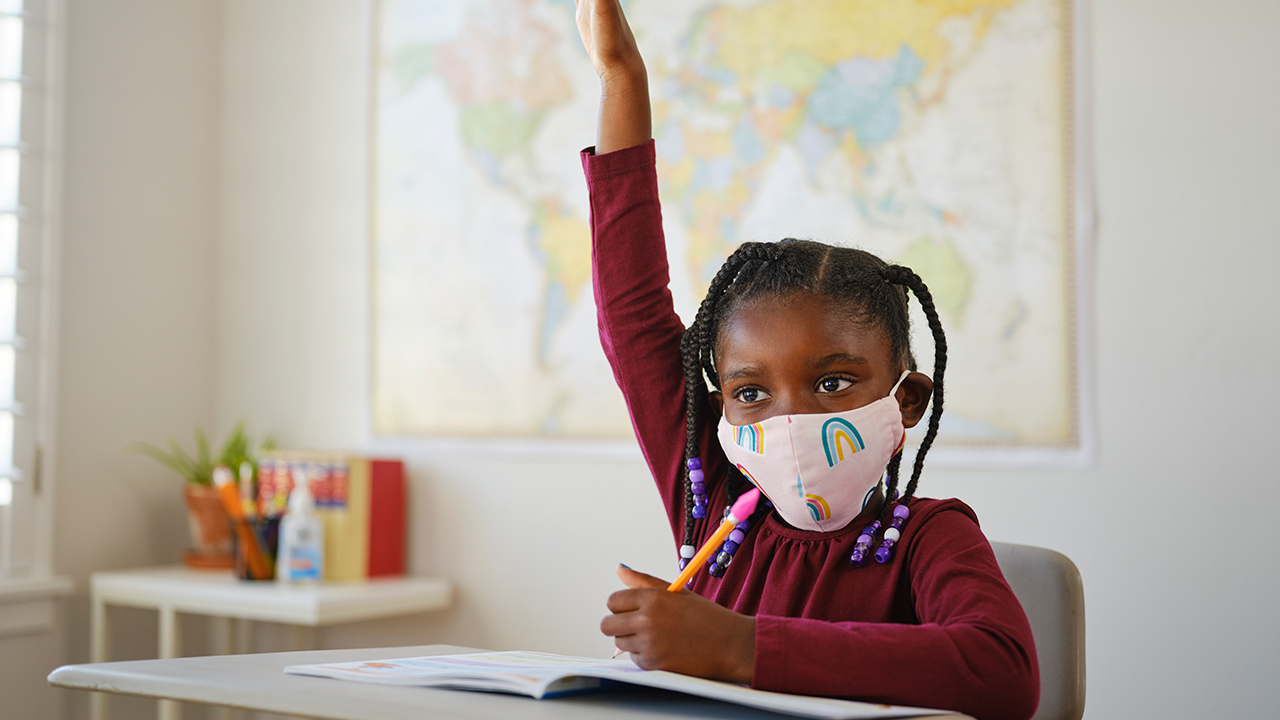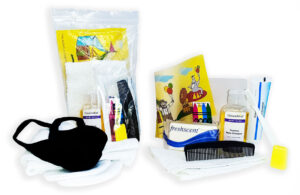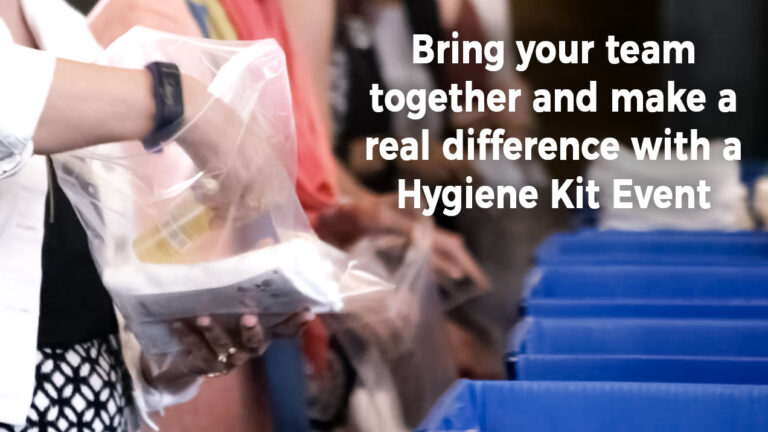Helping kids go back to school safely during the COVID-19 Pandemic
New COVID-19 vaccines offer families hope that everyday life, including school, can get back to normal. Unfortunately, vaccines likely will not be available for most students this school year.
The good news is that reopening schools for in-person learning does not seem to significantly increase community transmission of the virus.
Schools provide more than just academics to children and adolescents. In addition to reading, writing and math, students learn social and emotional skills, get exercise, and have access to mental health and other support services. For many families, schools are where kids get healthy meals, access to the internet, and other vital services.
Here are five ways to help ensure you send your kids back to school safely:
Reinforce the everyday precautions
Social distancing reduces close contact between people, limiting his or her risk of getting sick via the infectious respiratory droplets a person with COVID-19 releases nearby while breathing, talking or coughing. You should also remind your kids not to share food, drinks, or anything, for that matter, with their friends. It’s just not safe.
Wearing a mask helps contain any potentially infectious respiratory droplets that may be released while breathing, talking or coughing, especially when social distancing is more challenging and even if the person doesn’t yet know they’re sick.
Washing your hands limits the risk of getting sick by touching a contaminated surface and then spreading the virus to your eyes, nose or mouth if you touch your face.
Unfortunately, a lot of low-income people can’t afford to follow these precautions and lack resources to prepare and protect against the COVID-19. The pandemic has been especially hard for Black, Hispanic/Latino, Native American/Alaska native children and adolescents and families living in poverty.



